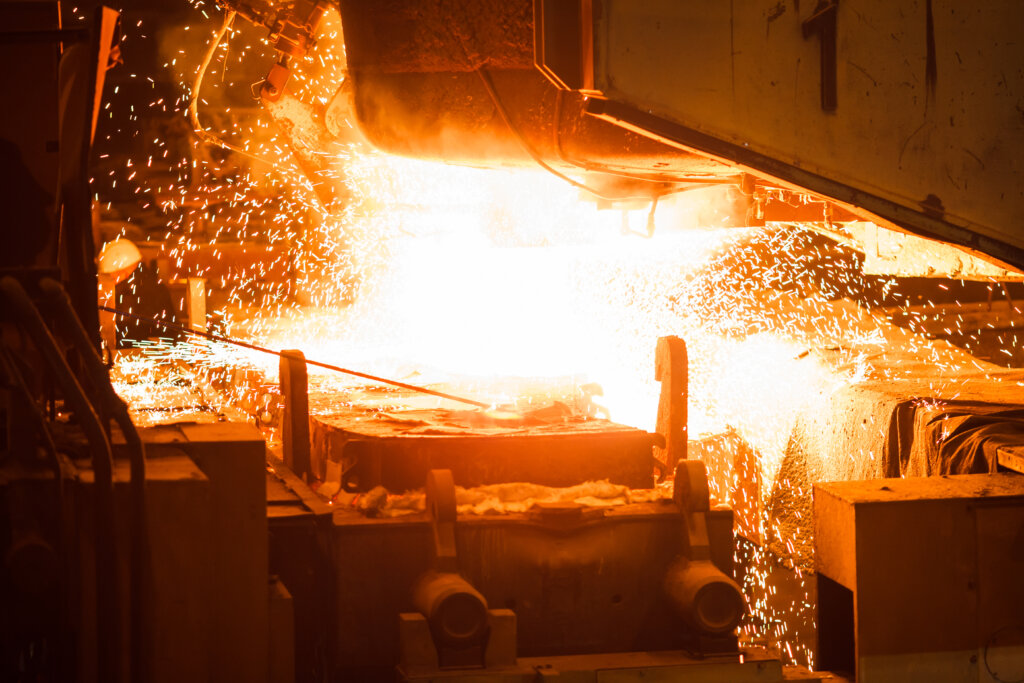Customers in the metals industry expect suppliers to deliver on time and on budget—always. Because they have their own customers to satisfy and revenue projections to meet, these expectations don’t change even when they’ve placed last-minute orders with your company or changed the specs late in the game. It also doesn’t matter if the steel your supplier shipped is wrong or if raw materials are scarce or priced high at the moment. At the end of the day, you build confidence (and loyalty) with your customers by consistently delivering the most efficient and effective end-products at the lowest overall cost.
As the steel industry continues to transform in response to global economic and political pressures, you have a tremendous opportunity to become a trusted, go-to supplier to your customers by adopting and educating them on the tangible benefits of value engineering.
What is value engineering?
Value engineering was first introduced during World War II in military construction. It has since been used to maximize the value of products in innumerable industries, including steel, aluminum and other industrial markets. According to gsa.gov, “Value engineering can be defined as an organized effort directed at analyzing design features, systems, equipment and material selections for the purpose of achieving essential functions at the lowest life cycle cost consistent with required performance, quality, reliability and safety.”
In other words, value engineering is not just a suggestion, nor is it just another way of producing the product at a lower price. The goal is to eliminate unnecessary costs. When a manufacturer achieves this, it can promote with authority that its product is superior to that of the competition—it provides maximum value.
Value engineering is great in theory but tested when projects get off track.
In an ideal scenario, value engineering begins early in the manufacturing process. It’s easier to identify inefficiencies and implement improvements before raw materials are ordered and processes are in practice. Once downstream and over budget, changes are more difficult and less effective. Best practice is easy in theory, but as soon as a customer changes an order mid-stream, your initial cost analysis may not produce a profit or, worse, the project could threaten your long-term relationship.
Set up a two-step contingency plan.
Value engineering relies on performing a cost analysis of every step in the process with material selection being just one aspect. However, it’s often the one where you have some control late in the manufacturing process.
Step one: Change your mindset from “we always buy steel with these specs” to “what else would do the job?”
Sourcing steel from new suppliers can be a frustrating, time-consuming process. If you’re successful in procuring the material, it’s likely at a premium price. But when you can accept slight variances that will still produce a product that performs optimally, you increase your chance of success.
Step two: Maintain a short list of suppliers you can count on for on-demand delivery at a fair price.
No OEM or manufacturer wants to turn down good business. During my 20+ years in the industrial materials industry, I’ve seen many manufacturers absorb financial losses just to preserve relationships. But what if you could be agile in these situations—meet customer demand and increase your bottom line?
Keep a list of suppliers that sell steel in smaller quantities and that can advise on alternative specs. Ideally, they’ll be accessible 24/7 with an online solution and will have an easy way to submit a RFQ if the material isn’t available. When you’re in a pinch, ship time is critical. Your best on-demand suppliers will show you where the material is currently located so you can purchase steel from neighboring states, ensuring lower freight costs, too.
Value engineering requires constant review. But with proper planning, it provides improved profitability and increased levels of trust in your customer relationships.



